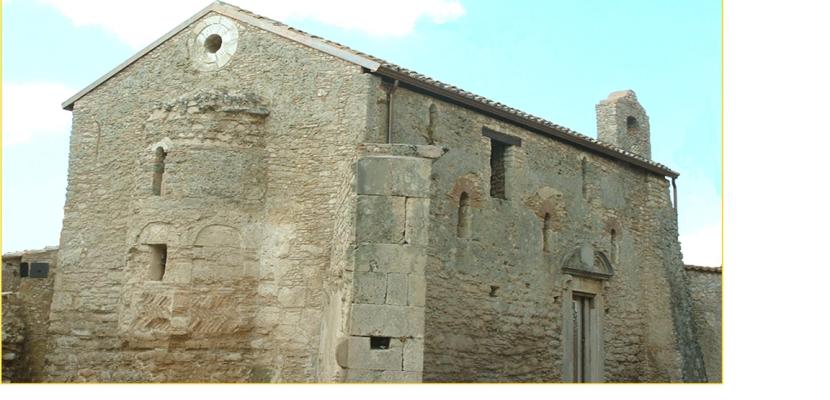
Restoration of the Annunziatella church with circular materials

About this good practice
In Europe, there has been a sustained discourse over the past few years regarding the implementation of circular economy principles. This involves reevaluating the models governing the utilization of existing materials and products, emphasizing virtuous behaviors centered around recycling, borrowing, and sharing. The overarching objective is to prolong the lifespan of materials and products, thereby significantly mitigating the production of waste. This paradigm shift also contemplates the restoration of historical buildings; positing that refurbishing existing structures obviates the necessity to construct new ones. This discussion seeks to explore the interconnection between recycling and the restoration of contemporary architecture, akin to the historical practice of reuse in traditional architecture. A pertinent case study in this regard is the restoration of the Church of San Teodoro Annunziatella (IX-X century). A comprehensive investigation has allowed for the identification of materials, construction techniques, and common elements specific to the architectural culture of medieval craftsmen. The ensuing restoration meticulously employed materials such as crushed brick, lime, and clay, faithfully replicating medieval techniques while adhering to the principles of recycling and reusing circular materials. The ultimate objective was to maximize the utilization of both original readapted elements and locally sourced natural materials.
Resources needed
The adoption of such practices proves to be economically viable, as a significant portion of the materials used is either reused or readily available. For the illustrated case study, the expenditure amounted to approximately 500,000 euros (but costs vary in relation to the scope of the project).
Evidence of success
The efficacy of this progressive approach is evident in the transformation of the Church of San Teodoro from a dilapidated state to a harmonious structure resonant with its historical past. The conservative restoration has catalyzed significant developments in the cultural heritage landscape of the Calabria region. This has initiated a systemic trajectory, with the formulation of eco-friendly, smart materials with exceptional technical characteristics, inspiring similar restoration endeavors.
Potential for learning or transfer
The utilization of "cocciopesto" in conservative restoration emerges as a noteworthy Italian practice with considerable potential for widespread adoption across Europe. This ancient material, derived from the pulverization of ceramic shards, assumes significance for its adherence to circular economy principles, thereby diminishing environmental impact and promoting eco-friendly practices. The adaptability of "cocciopesto" proves pivotal in accommodating the architectural diversity prevalent in Europe. Encouraging the dissemination of knowledge regarding the use of "cocciopesto" would facilitate a cross-European exchange of expertise, fostering a standardized approach to conservative restoration. This practice serves as a conduit between architectural traditions, solidifying a shared methodology for preserving Europe's rich and diverse heritage.
Further information
Good practice owner
You can contact the good practice owner below for more detailed information.

